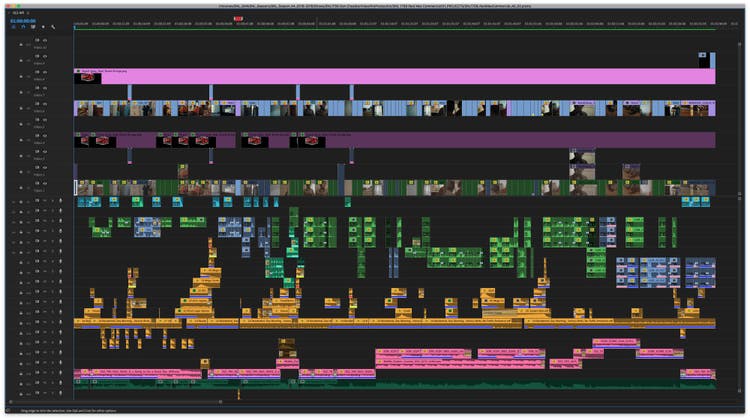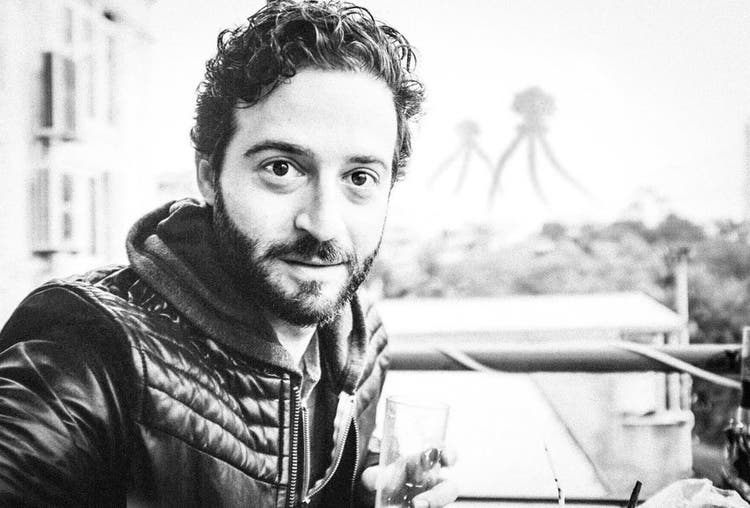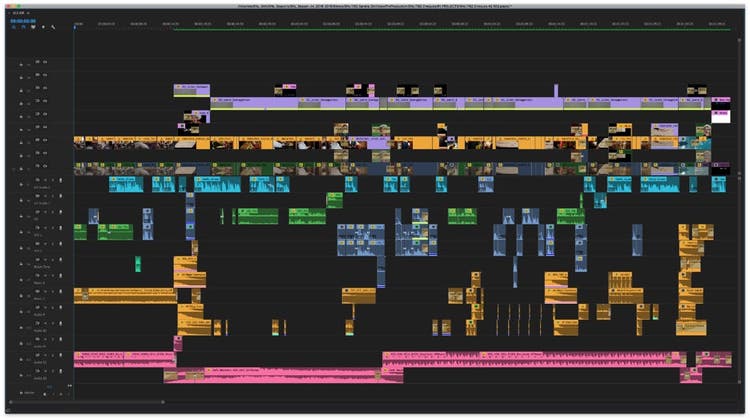Five editing tips Adam Epstein learned from his time at SNL

Image source: Adam Epstein
Some of the most entertaining and viral videos of the past decade come from the Saturday Night Live Film Unit. Part of what makes these digital shorts so sharable is super timely, socially relevant concepts with extremely high production quality, including snappy editing that makes sure each joke hits just right.
Adam Epstein is one of the editors behind many of these top videos. While at SNL, Epstein learned how to efficiently edit fantastic short films in less than two days using Adobe Premiere Pro. Now on his own, his speed and skill have helped him maximize time and budgets for several projects across film and television.

Image source: Adam Epstein
Most recently, Epstein has worked on several big comedy specials including My Favorite Shapes by Julio Torres, Dan Soder: Son of a Gary for HBO, and John Mulaney & the Sack Lunch Bunch for Netflix. He is currently working on Mr. Mayor, a new sitcom for NBC from Tina Fey and Robert Carlock, and when many productions went on hold due to the COVID-19 pandemic, he stayed busy editing select episodes for SNL and Some Good News with John Krasinski.
Epstein views filmmaking as a team process, and enjoys working with friends and colleagues who like to collaborate creatively. “One of the great things about technology today is that it’s so accessible, someone could sit down and do everything themselves,” he says. “But for me it’s all about working with awesome people. We’re playing with toys for a living, so it should be fun!”
Having worked for years in a fast-paced editing environment, Epstein has identified a few tips for working quickly, while delivering the highest-quality work.
Tip 1: Stay up to date with new features
Working at SNL, Epstein took advantage of every new feature that could shave time off his editing process. His work on SNL wouldn’t start until Friday afternoon when he was handed the footage as it was shot. From there, he had a little over 24 hours to get the edit into shape, and every minute would count.
“If we could find a way to save five minutes a day, we wanted to know about it,” says Epstein. “Everyone always kept an eye out for new Premiere Pro features. We’d try things out and keep on top of every update. I know some folks get caught up in doing things the old way, just because it’s what they know. But working on SNL really forced me to keep evolving.”
Tip 2: Know where you’re headed and don’t over-edit
Over the years, Epstein has watched budgets for post-production get smaller and timelines get tighter. While technology helps him work quickly, he’s also learned to listen to his gut. “My experience with SNL pays off in everything I do,” he says. “Traditional editing gigs seem simpler by comparison.”
No matter what he’s editing, Epstein tries to start with an idea of what the final edit may look like, so he has a goal to work toward. He also likes to quickly get a cut to a place where he can share the edit and start getting buy-in for his ideas, starting the collaborative process as soon as possible.
Tip 3: Learn the tools and shortcuts to accelerate editing
Another strategy for building speed is spending time understanding the technical side of editing. Epstein knows Premiere Pro inside and out, so he can focus less on the tools and more on the content.
“I’ve been working with Premiere Pro for years, so I’ve accumulated a huge list of shortcuts that are now just instinctive,” he says. “I know how to set up the timelines just how I want them and I’m always refining my workflow to find ways to do things better or faster.”
Tip 4: Start and end with stellar organization
One of the least sexy parts of editing is organization, but Epstein always takes time at the beginning of a project to set everything up to help him work as efficiently as possible. He keeps all the audio — like dialogue, music, and sound effects — on different tracks to keep them separate. He also like to color code everything so he can tell at a glance what goes where. When he uses Dynamic Link between Premiere Pro and After Effects, he creates a duplicate clip so that anyone can come in and compare the original source.

Image source: Adam Epstein.
“Having things broken down and organized saves time during my edit,” says Epstein. “But just as importantly, it makes it easy for other people to step into a project. Post-production is a real team effort, so ideally anyone should be able to pick up your edit at any point and take over. It makes a huge difference when people know exactly where to put the final effects or music mix.”
Tip 5: Don’t just focus on what’s on the screen
To create the best possible product, Epstein pays a lot of attention to sound, spending time smoothing out dialogue, creating the right background ambiance, and getting the music to hit at just the right moment. He finds that it’s a lot easier to work directly with the sound tools built into Premiere Pro.
“The Essential Sound Panel in Premiere Pro is a huge asset to have for my initial cuts,” he says. “I use noise reduction all the time. There’s also a reverb trick that I like to do for anything with music. You can extend the beat out, mix it down, and add heavy reverb to generate an out that doesn’t naturally exist in the audio. Sound can make a big difference in how people view your edit.”
For more complex audio editing, he uses Adobe Audition to work with the audio time units to refine the timing on music. Clip stretching in Audition lets Epstein change the timing of dialogue or sound effects in a way that’s totally natural and unnoticeable.
Even though he typically works on a team with a sound designer, Epstein believes it’s important to show how the sound fits into the edit. “If you can learn to use tools like Premiere Pro and Audition to smooth out the sound for yourself, you can draw people into your edit and get much stronger feedback that gets you to the final edit faster,” he says.
Watch Valentina Vee’s Tips & Tricks Tuesday interview with Adam Epstein.